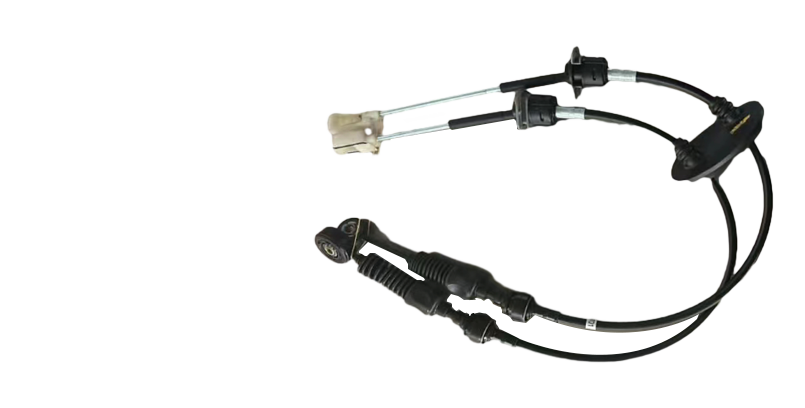Optimizing Performance with High-Quality Clutch Fluid Hoses for Smooth Gear Shifting
Understanding Clutch Fluid Hose Essential Component for Your Vehicle
When it comes to the intricate systems that keep our vehicles running smoothly, it's easy to overlook some of the less glamorous components. Among these, the clutch fluid hose plays a critical role in the functioning of manual transmission systems. Understanding what a clutch fluid hose is, its function, and maintenance tips can greatly enhance your vehicle's lifespan and performance.
What is a Clutch Fluid Hose?
The clutch fluid hose is a vital component of a vehicle's hydraulic clutch system. It is a flexible tube that connects the clutch master cylinder to the clutch slave cylinder, facilitating the transfer of hydraulic fluid. When the driver presses the clutch pedal, the master cylinder generates hydraulic pressure that is transmitted through the hose to the slave cylinder. This, in turn, engages or disengages the clutch, allowing for smooth gear changes.
Importance of the Clutch Fluid Hose
The clutch fluid hose must withstand high pressure and varying temperatures, given its proximity to the engine compartment. A reliable and well-maintained hose ensures that the hydraulic system operates efficiently, allowing for quick and effective engagement and disengagement of the clutch. Any malfunction in this system—such as a leak or a rupture in the hose—can lead to significant problems, including difficulty in shifting gears or complete clutch failure.
Additionally, the quality of the fluid within the system affects the overall performance. Hydraulic fluid can become contaminated, which may lead to corrosion or breakdown of the components within the hydraulic system. Therefore, it’s essential to regularly check the fluid and replace it as necessary.
Signs of a Failing Clutch Fluid Hose
Being aware of the signs of a failing clutch fluid hose can save you from more severe issues down the line
. Some common symptoms include1. Difficulty Shifting Gears If you encounter resistance or difficulty when trying to shift gears, it may indicate that the clutch fluid hose is compromised. 2. Fluid Leaks Spotting hydraulic fluid under your vehicle is a sure sign that there may be a problem with the clutch fluid hose.
clutch fluid hose

3. Soft or Spongy Clutch Pedal A soft or spongy feel in the clutch pedal is an indication of low hydraulic pressure, potentially due to a leaking or damaged hose.
4. Unusual Noises If you hear grinding noises when shifting gears, it may suggest that the clutch is not fully disengaging, possibly due to issues within the hydraulic system.
Maintenance Tips
Regular maintenance of the clutch fluid hose and the entire hydraulic system is crucial to vehicle longevity
- Visual Inspection Regularly check the hose for any signs of wear and tear, such as cracks, bulges, or leaks.
- Fluid Level Check Ensure that the hydraulic fluid is at the appropriate level. Low fluid levels may indicate leaks or need for replacement.
- Replace when Needed If you observe any signs of damage or if the hose is older than its typical lifespan (usually around 5-7 years), consider replacing it to avoid unforeseen failures.
- Professional Servicing If you're uncertain about the condition of your clutch fluid hose or the hydraulic system, consider consulting a professional mechanic for a thorough inspection and service.
Conclusion
The clutch fluid hose may not be the most exciting component of your vehicle, but its importance cannot be overstated. By understanding its function, recognizing potential issues, and maintaining it properly, you can ensure your vehicle's clutch system operates smoothly. Remember, proactive maintenance is key to avoiding costly repairs and ensuring a seamless driving experience. Regular check-ups on your clutch fluid hose could save you from inconvenient breakdowns and keep your vehicle performing at its best.
-
Upgrade Your Vehicle with High-Quality Handbrake CablesNewsNov.01,2024
-
Optimize Your Bike's Performance with Quality CablesNewsNov.01,2024
-
Enhance Your Vehicle's Performance with Quality Clutch ComponentsNewsNov.01,2024
-
Elevate Your Vehicle's Performance with Quality Throttle CablesNewsNov.01,2024
-
Elevate Your Vehicle's Performance with Quality CablesNewsNov.01,2024
-
Affordable Solutions for Your Cable NeedsNewsNov.01,2024
